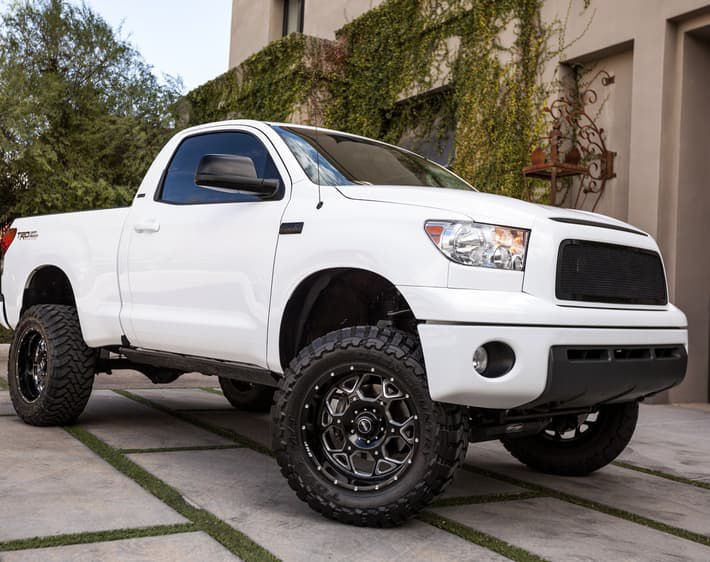
Can I Use Bigger Tires on My Car?
Can I use bigger tires on my car? Discover the pros, cons, and impacts on fuel and handling. Visit Tires Plus for expert advice on your tire upgrade!
Read More
Tire wear bars, also known as tread wear indicator bars, are incredibly useful when it comes to assessing the condition of your tires in regard to wear. They’re one factor that’ll help you assess when you need new tires and if your current tires meet the legal tire tread depth requirements according to your state. If you’re curious about what wear bars are, whether or not you’ve got a safe tread depth, or just want to learn a few quick ways to measure tire tread wear, read on!
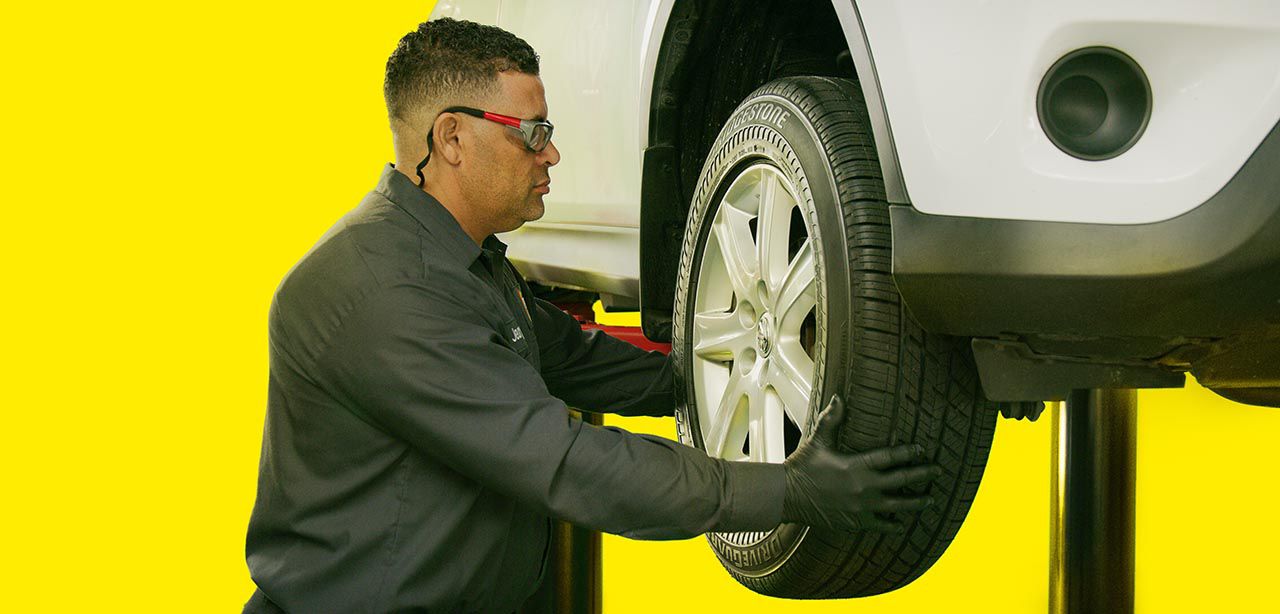
Tread wear indicator bars are small, raised bars found within the grooves of your tires between the tread markings. They are placed all around the tire at different points to help signal if the tire tread is worn out.
Tire tread helps stabilize your car in wet conditions, provides better traction and handling, and improves cornering. Without it, you might find yourself spinning out of control! That’s why it’s so important to keep an eye on your tires’ wear bars.
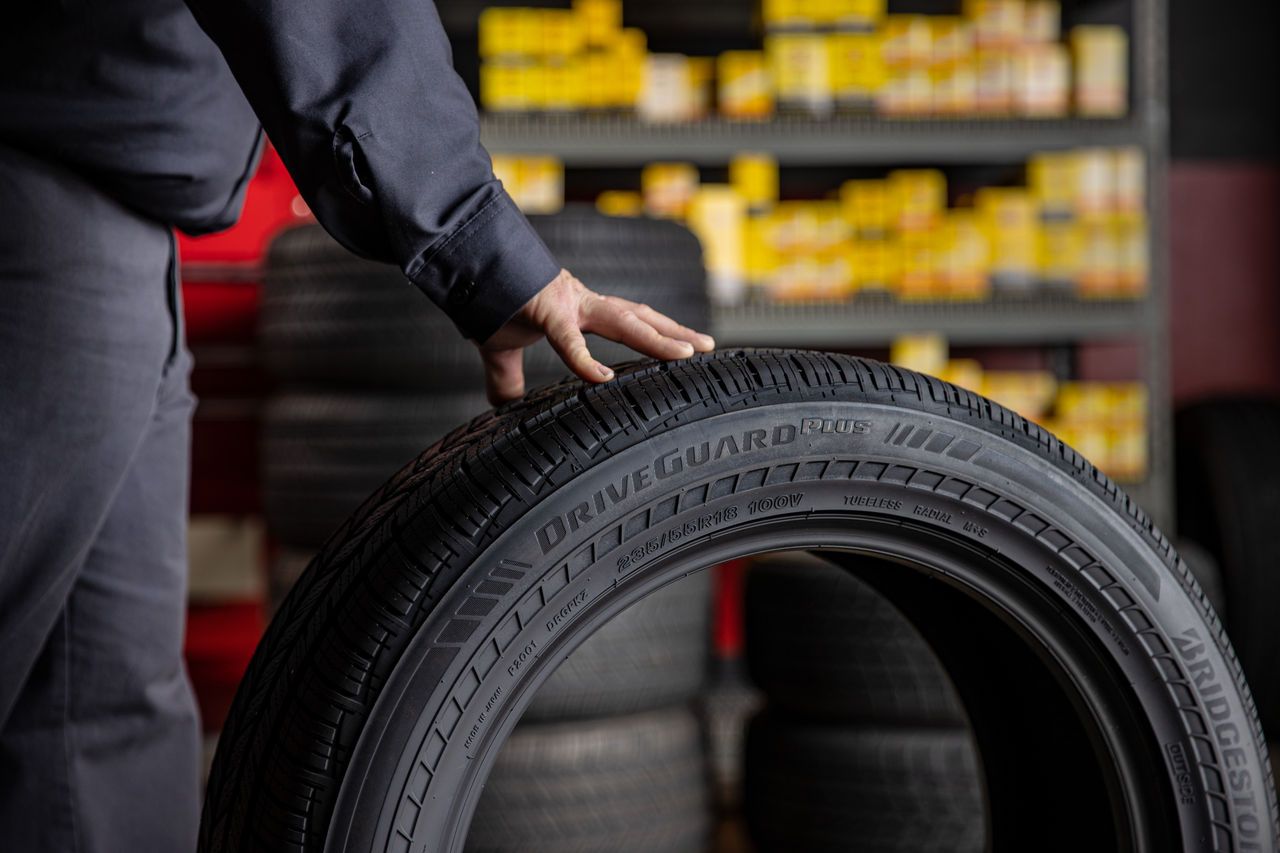
The purpose of the wear bars is to offer a visual indication of if the tire tread is worn to 2/32 of an inch.
Most tire wear bars sit at 2/32” tread depth, which is the minimum legal tread depth for tires in most states. When your tire tread is at the same level as your tire wear bars, this is a clear sign your tires are worn out and it’s time for new tires. Most manufacturers may suggest replacing tires sooner for your safety on the road.
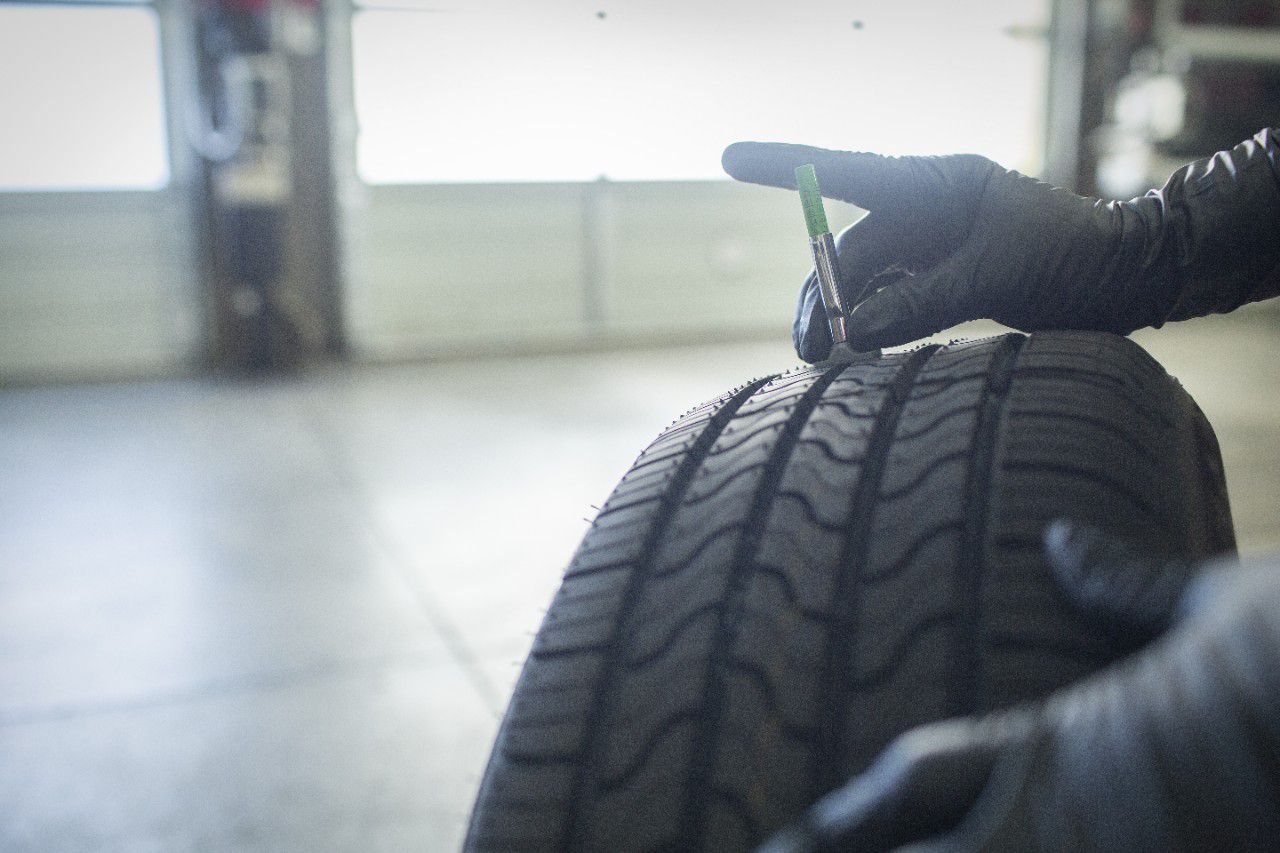
1. Get to know your tire tread. A tire’s tread pattern is made up of raised surfaces, called tire ribs, and inlaid channels, called tread voids. Tire wear refers to when the raised rib of the tire wears down after miles of use.
2. Find the wear bars. Look for small perpendicular blocks sitting in the grooves of your tires. These are your tire wear bars.
3. Visually check tread depth. Compare the height of the tire wear bars to the tire ribs. If the ribs match the height of the tire wear bars, your tires will need replacing.
4. Feel the difference. Visually checking tread condition isn’t your only option. You can feel the difference by running your finger along the tire rib and over the tire wear bars. If you feel the wear bar against your finger as evenly as the tread, then it’s time for new tires. Careful, and remember to look before you touch. Steel belts can be exposed on very worn tires and tires can pick up debris.
If you're having trouble spotting a wear bar on your tire or you're unsure of what to look for, here are a few other ways you can check the tread on your tires.
The penny test is pretty simple. Take a penny and hold it with Lincoln’s head upside down. Place it inside one of the grooves between the tread. If Lincoln’s entire head is visible, your tread has worn down at or below 2/32 of an inch and should be replaced. If the top of his head is partially covered, your tires may still have some tread left.
If you frequently drive in wet conditions due to where you live or work, it’s a good idea to leave a little extra tread on your tires for safety. You may have to replace your tires a little more often, but helping avoid an accident is worth it.
If you want to get really precise with your tread measurements, you can use a tread depth gauge. These are available for a few bucks at most automotive stores. Alternatively, you can use a ruler with 1/16th inch markings or millimeter measurements. Just place the ruler into one of the grooves and measure from the base of the tread to its current level. Any tire that measures at or below 1/16 of an inch (1/16 inch = about 1.6 millimeters) should be replaced.
Are your tire wear bars telling you it's time for new tires? Bring your vehicle into your nearest Tires Plus for new tires that are the right fit for your vehicle! And when you purchase your new tires from Tires Plus, you'll get free rotations for life and the peace of mind that you got a great price on your new tires.

Can I use bigger tires on my car? Discover the pros, cons, and impacts on fuel and handling. Visit Tires Plus for expert advice on your tire upgrade!
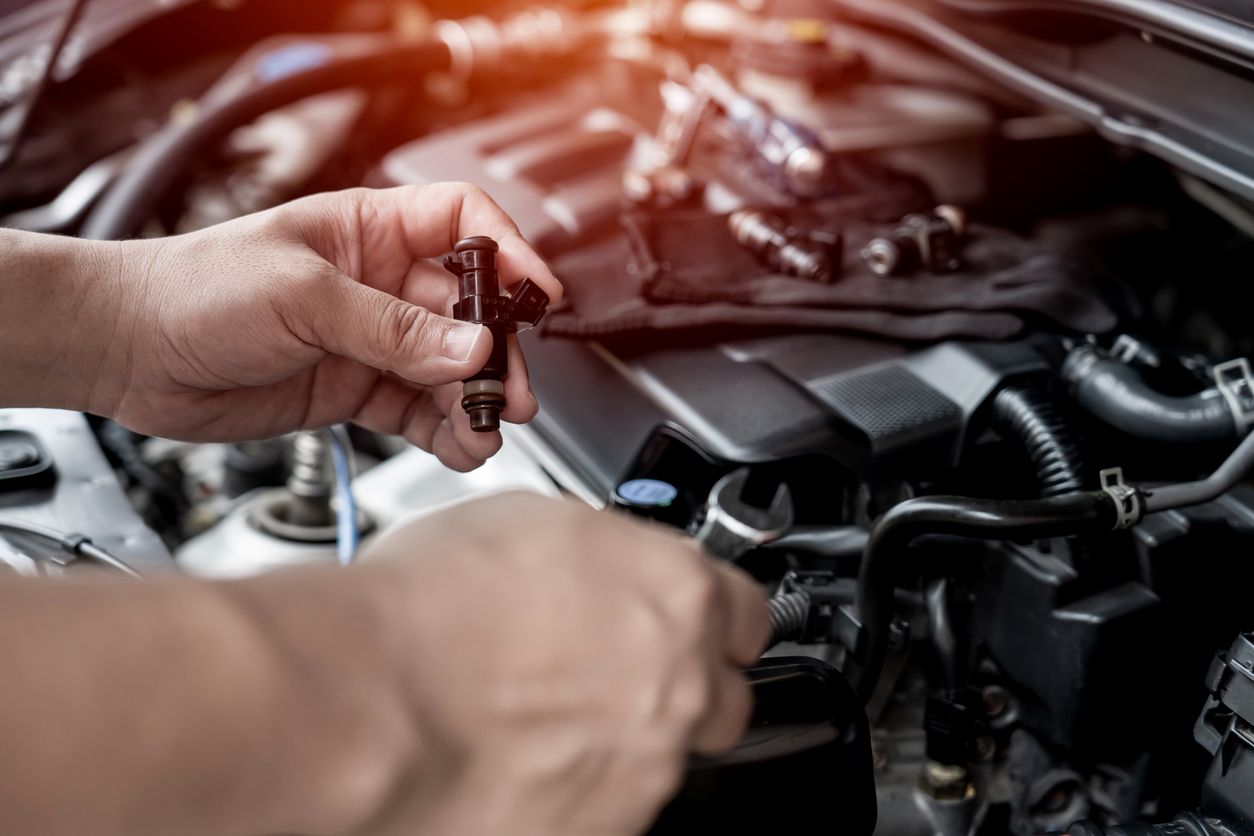
Is your car experiencing hesitation or rough acceleration? A fuel system cleaning may help with that! Learn about the benefits of fuel system cleaning here.

Ready to find out how you can save big with Tires Plus Black Friday deals in 2024? Gear up for our biggest and best deals of the year. Click to learn more!